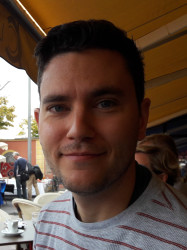BibTex format
@article{Callaghan:2017:10.1002/2017JC012809,
author = {Callaghan, AH and Deane, GB and Stokes, MD},
doi = {10.1002/2017JC012809},
journal = {Journal of Geophysical Research: Oceans},
pages = {6110--6128},
title = {On the imprint of surfactant-driven stabilization of laboratory breaking wave foam with comparison to oceanic whitecaps},
url = {http://dx.doi.org/10.1002/2017JC012809},
volume = {122},
year = {2017}
}

